Home>Gardening & Outdoor>Plant Care & Gardening Tips>What Is The Official Wildflower Of The State Of New York
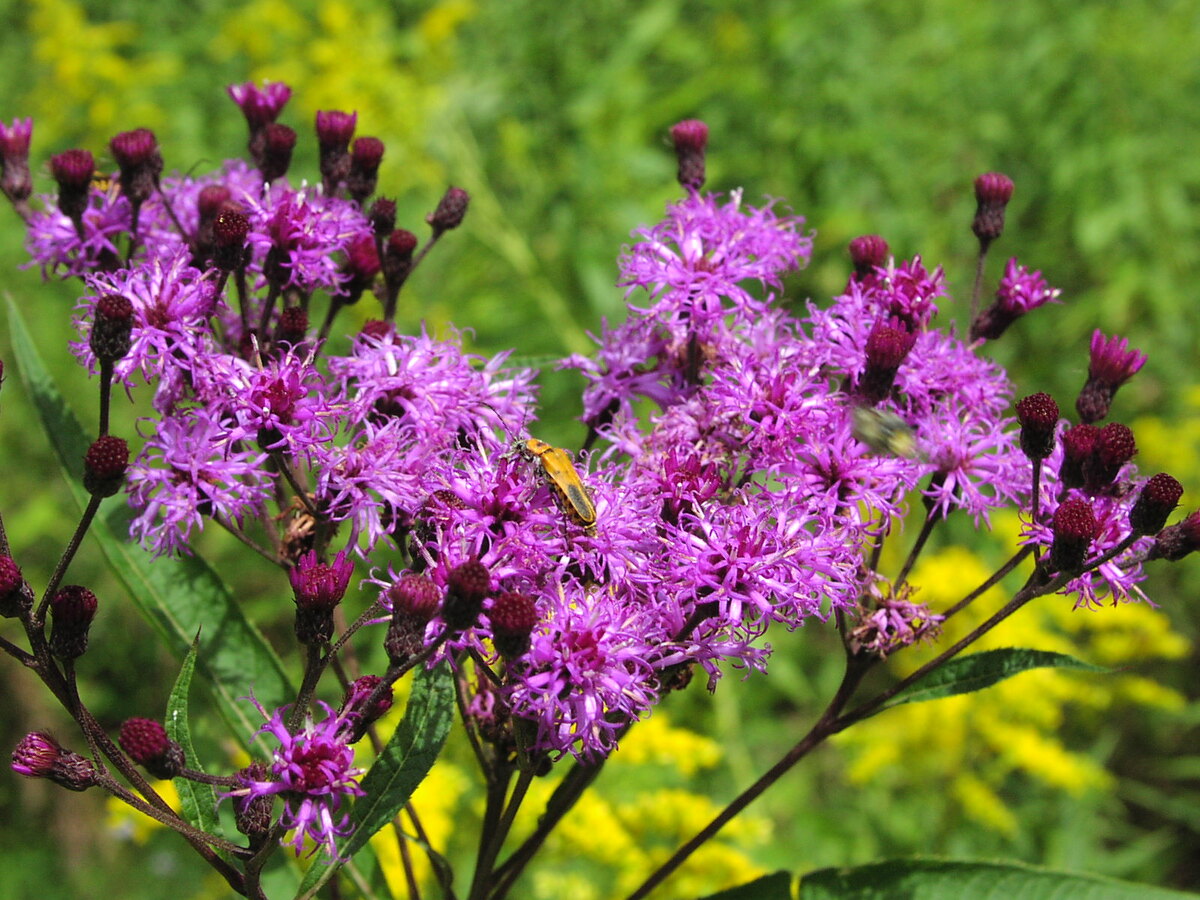

Plant Care & Gardening Tips
What Is The Official Wildflower Of The State Of New York
Published: December 24, 2023
Discover the official wildflower of New York and get expert plant care and gardening tips to grow it in your garden. Learn all about this beautiful state symbol.
(Many of the links in this article redirect to a specific reviewed product. Your purchase of these products through affiliate links helps to generate commission for Storables.com, at no extra cost. Learn more)
**
Introduction
**
When it comes to the natural beauty of the state of New York, the official wildflower stands as a symbol of its rich ecological heritage. Among the diverse array of flora that graces the landscapes of New York, one particular wildflower holds a special place of honor: the rose. This article delves into the significance of the rose as New York's official wildflower, exploring its history, ecological importance, and conservation efforts. Join us on this journey to uncover the captivating story of the rose and its vital role in New York's natural tapestry.
**
Key Takeaways:
- The rose is New York’s official wildflower, symbolizing love, beauty, and resilience. It plays a vital role in the state’s ecosystem by providing food and shelter for wildlife, and its conservation efforts ensure its enduring presence.
- Conservation efforts for the rose in New York focus on preserving its habitats, raising public awareness, and conducting research to protect its ecological contributions. The rose’s timeless beauty and cultural significance enrich the state’s natural heritage.
Read more: What Is The State Wildflower
The Rose: New York’s Official Wildflower
**
Amidst the verdant landscapes of New York, the rose (Rosa) stands as the official wildflower, encapsulating the state’s natural allure. The rose, with its delicate petals and enchanting fragrance, symbolizes love, beauty, and resilience. This revered wildflower is not only a botanical marvel but also a cultural and historical emblem that has woven its way into the fabric of New York’s identity.
The rose, belonging to the Rosaceae family, is renowned for its diverse species, each exuding its unique charm. From the vibrant Rosa virginiana to the elegant Rosa carolina, these wild roses adorn New York’s meadows, woodlands, and gardens, painting the landscape with their enchanting hues.
As the official wildflower, the rose embodies the spirit of New York, reflecting the state’s enduring grace and vitality. Its presence serves as a reminder of the intrinsic connection between nature and the human experience, evoking a sense of wonder and appreciation for the natural world.
**
History of the Rose as New York’s Official Wildflower
**
The designation of the rose as New York’s official wildflower is steeped in a rich tapestry of history and cultural significance. In 1955, the rose was officially recognized as the state flower of New York, a testament to its enduring appeal and profound influence on the state’s heritage. This declaration was a nod to the timeless elegance and symbolic resonance of the rose, solidifying its position as a cherished emblem of New York’s natural splendor.
Furthermore, the choice of the rose as the official wildflower was a tribute to its historical and artistic significance. Throughout the annals of time, the rose has been immortalized in literature, art, and folklore, transcending generations and captivating the hearts of people across the globe. Its timeless allure and multifaceted symbolism have made it an enduring muse for poets, painters, and storytellers, embodying themes of love, beauty, and resilience.
Moreover, the rose’s association with New York’s official status is a reflection of its enduring presence in the state’s cultural narrative. From the lush gardens of Long Island to the picturesque landscapes of the Hudson Valley, the rose has been an integral part of New York’s horticultural heritage. Its captivating blooms have graced countless gardens, parks, and public spaces, infusing the state with a sense of natural splendor and timeless elegance.
As a result, the history of the rose as New York’s official wildflower is a testament to its enduring legacy and profound impact on the state’s cultural and natural heritage. Its timeless beauty and symbolic resonance continue to weave a captivating narrative that celebrates the intrinsic connection between nature and human experience, enriching the tapestry of New York’s identity.
**
The official wildflower of New York is the rose. It was designated as the state’s official flower in 1955.
Importance of the Rose to New York’s Ecosystem
**
Beyond its aesthetic allure, the rose plays a vital role in New York’s ecosystem, contributing to the state’s ecological diversity and resilience. As a native wildflower, the rose serves as a cornerstone species, providing essential sustenance and habitat for a myriad of wildlife, including pollinators, birds, and small mammals. Its significance extends far beyond its ornamental value, encompassing a range of ecological contributions that enrich New York’s natural tapestry.
One of the key ecological roles of the rose is its function as a crucial nectar source for pollinators, including bees, butterflies, and hummingbirds. The vibrant blooms of the rose, adorned with nectar-rich petals, serve as vital fueling stations for these essential pollinators, supporting their foraging activities and contributing to the intricate web of pollination that sustains New York’s diverse flora.
Furthermore, the rose’s role as a habitat provider is paramount to the ecological balance of New York’s landscapes. Its dense thickets and sprawling canes offer shelter and nesting sites for a variety of bird species, contributing to the preservation of avian biodiversity. Additionally, the rose’s fruits, known as rose hips, serve as a valuable food source for wildlife, including songbirds and small mammals, especially during the winter months when food may be scarce.
Moreover, the rose’s resilience and adaptability make it a valuable component of New York’s natural resilience. Its ability to thrive in a range of habitats, from open meadows to wooded areas, contributes to the state’s ecological robustness, enhancing the overall stability and biodiversity of its ecosystems.
Overall, the importance of the rose to New York’s ecosystem transcends its visual splendor, encompassing a myriad of ecological contributions that enrich the state’s natural heritage. Its role as a nectar source, habitat provider, and resilient species underscores its significance in sustaining the intricate web of life that defines New York’s diverse landscapes.
**
Conservation Efforts for New York’s Official Wildflower
**
As the official wildflower of New York, the rose has garnered attention and concerted conservation efforts aimed at preserving its natural splendor and ecological contributions. Recognizing the significance of this iconic wildflower, various initiatives and organizations have been dedicated to safeguarding the rose and its native habitats, ensuring its enduring presence in the state’s natural landscapes.
One of the primary conservation efforts focused on the rose involves habitat preservation and restoration. Organizations and conservation groups collaborate to protect and restore the diverse ecosystems where the rose thrives, including meadows, woodlands, and riparian areas. By safeguarding these vital habitats, conservationists aim to ensure the continued proliferation of the rose and its associated wildlife.
Furthermore, public awareness and education play a pivotal role in the conservation of New York’s official wildflower. Through outreach programs, educational workshops, and community engagement initiatives, conservationists strive to foster a deeper understanding of the ecological importance of the rose and the significance of preserving its native habitats. By instilling a sense of stewardship and appreciation for the rose, these efforts aim to garner widespread support for its conservation.
In addition, research and monitoring programs are instrumental in assessing the status of the rose populations and identifying potential threats to their survival. Through scientific studies and field surveys, researchers gather crucial data to inform conservation strategies and mitigate the impact of factors such as habitat loss, invasive species, and climate change on the rose and its associated ecosystems.
Collaborative partnerships between governmental agencies, non-profit organizations, and local communities have been pivotal in advancing conservation efforts for New York’s official wildflower. By fostering a collective commitment to preserving the rose and its habitats, these partnerships have catalyzed impactful conservation initiatives that uphold the ecological integrity of the state’s natural landscapes.
Overall, the conservation efforts for New York’s official wildflower underscore a collective dedication to safeguarding the rose and nurturing the resilience of its native ecosystems. Through a harmonious blend of habitat preservation, public engagement, research, and collaboration, these efforts aim to ensure that the rose continues to flourish as a symbol of New York’s natural heritage for generations to come.
**
Read more: When To Plant Wildflower Seeds In New York
Conclusion
**
The rose, as New York’s official wildflower, embodies the timeless elegance and ecological significance that enrich the state’s natural landscapes. Its designation as the emblematic wildflower of New York is a testament to the enduring allure and cultural resonance of this botanical marvel. From its historical significance to its ecological contributions, the rose weaves a captivating narrative that celebrates the intrinsic connection between nature and human experience, enriching the tapestry of New York’s identity.
As a symbol of love, beauty, and resilience, the rose transcends its ornamental value, playing a pivotal role in sustaining New York’s ecosystems. Its vibrant blooms serve as vital nectar sources for pollinators, while its dense thickets provide shelter and sustenance for a myriad of wildlife. The resilience and adaptability of the rose further contribute to the ecological robustness of New York’s landscapes, enhancing their stability and biodiversity.
Furthermore, the conservation efforts dedicated to preserving the rose and its native habitats underscore a collective commitment to safeguarding New York’s natural heritage. Through habitat preservation, public education, research, and collaborative partnerships, these initiatives strive to ensure that the rose continues to flourish as a symbol of New York’s ecological diversity and resilience.
In essence, the story of the rose as New York’s official wildflower is a testament to the enduring bond between nature and human culture. Its timeless beauty, cultural significance, and ecological importance weave a captivating narrative that resonates with the hearts of New Yorkers and nature enthusiasts alike. As the rose continues to bloom across New York’s meadows, woodlands, and gardens, it stands as a living testament to the enduring splendor and vitality of the state’s natural heritage.
Frequently Asked Questions about What Is The Official Wildflower Of The State Of New York
Was this page helpful?
At Storables.com, we guarantee accurate and reliable information. Our content, validated by Expert Board Contributors, is crafted following stringent Editorial Policies. We're committed to providing you with well-researched, expert-backed insights for all your informational needs.
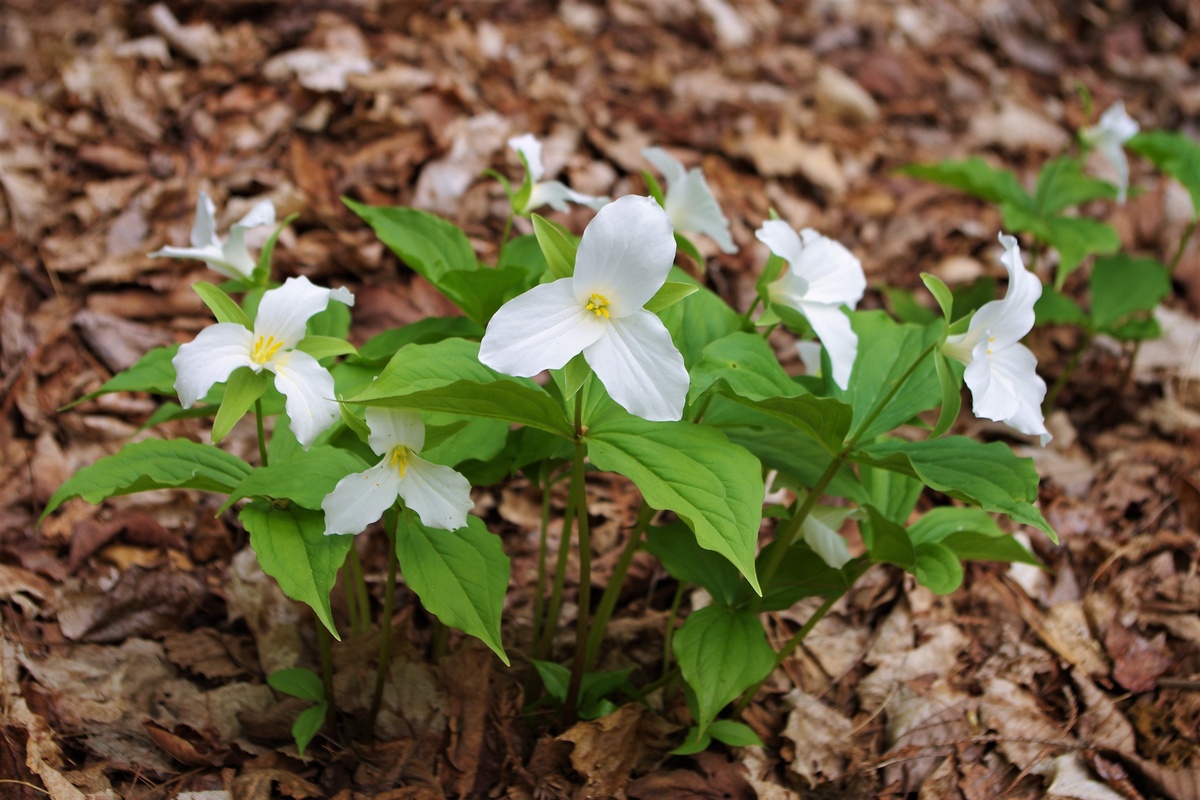

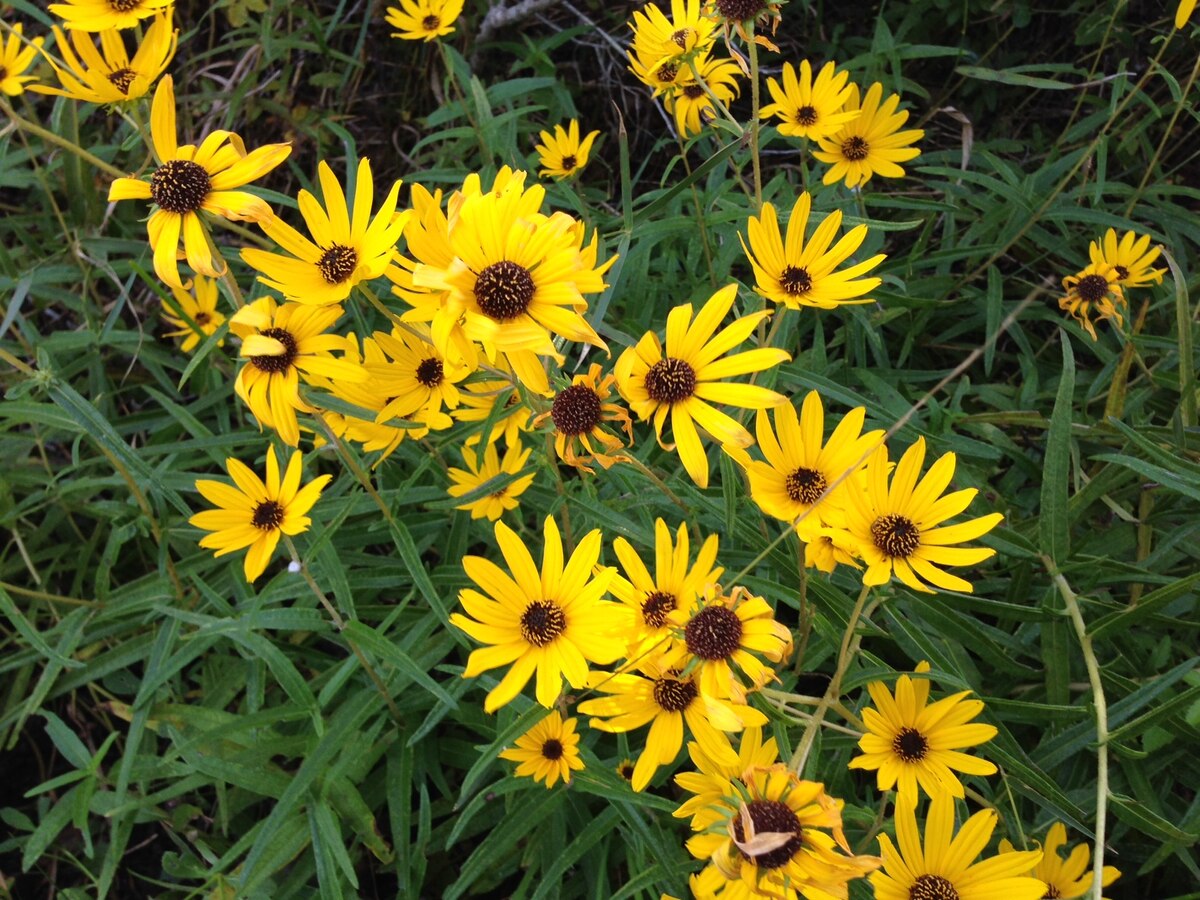
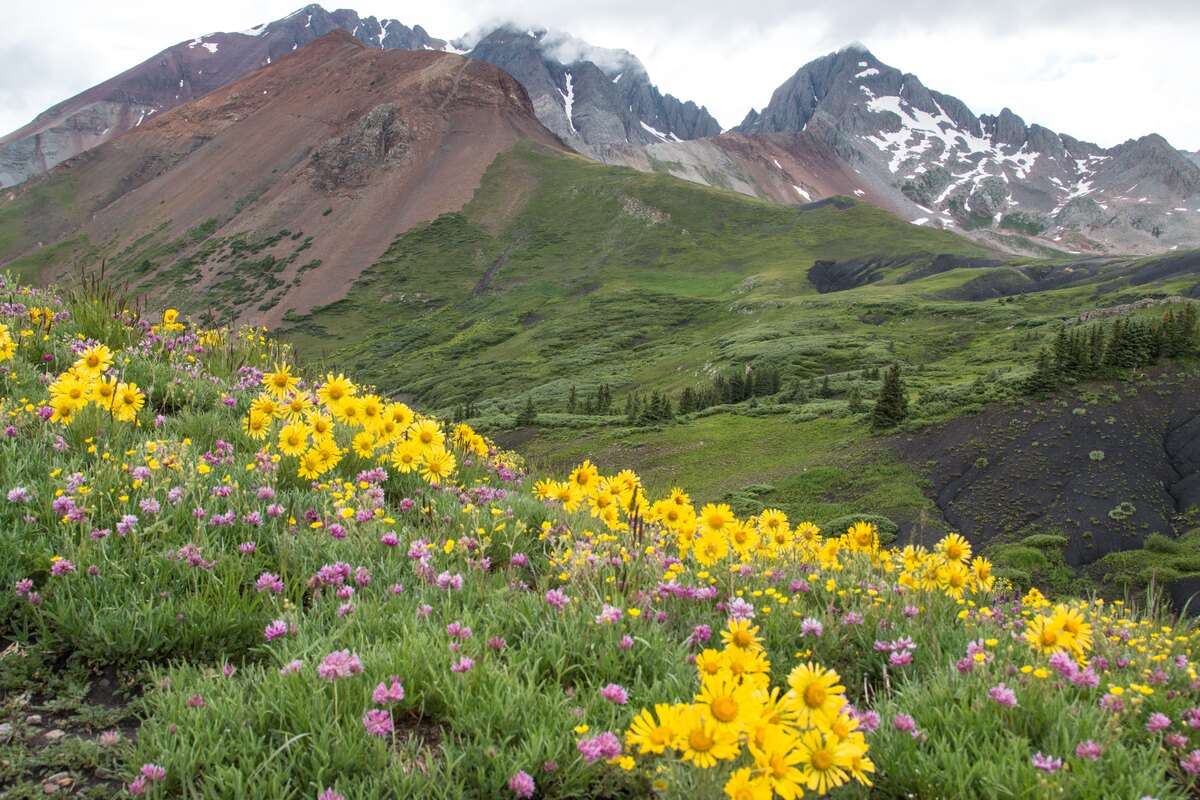
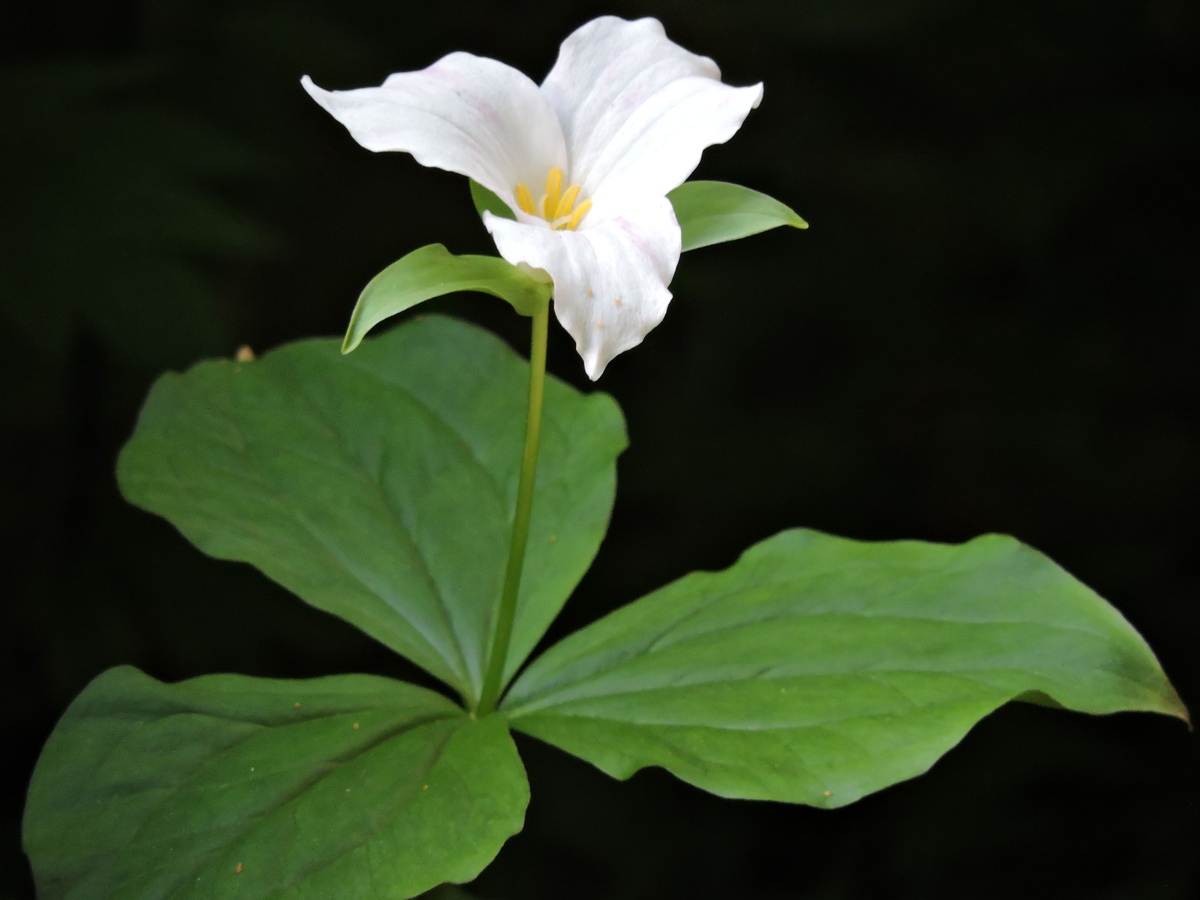
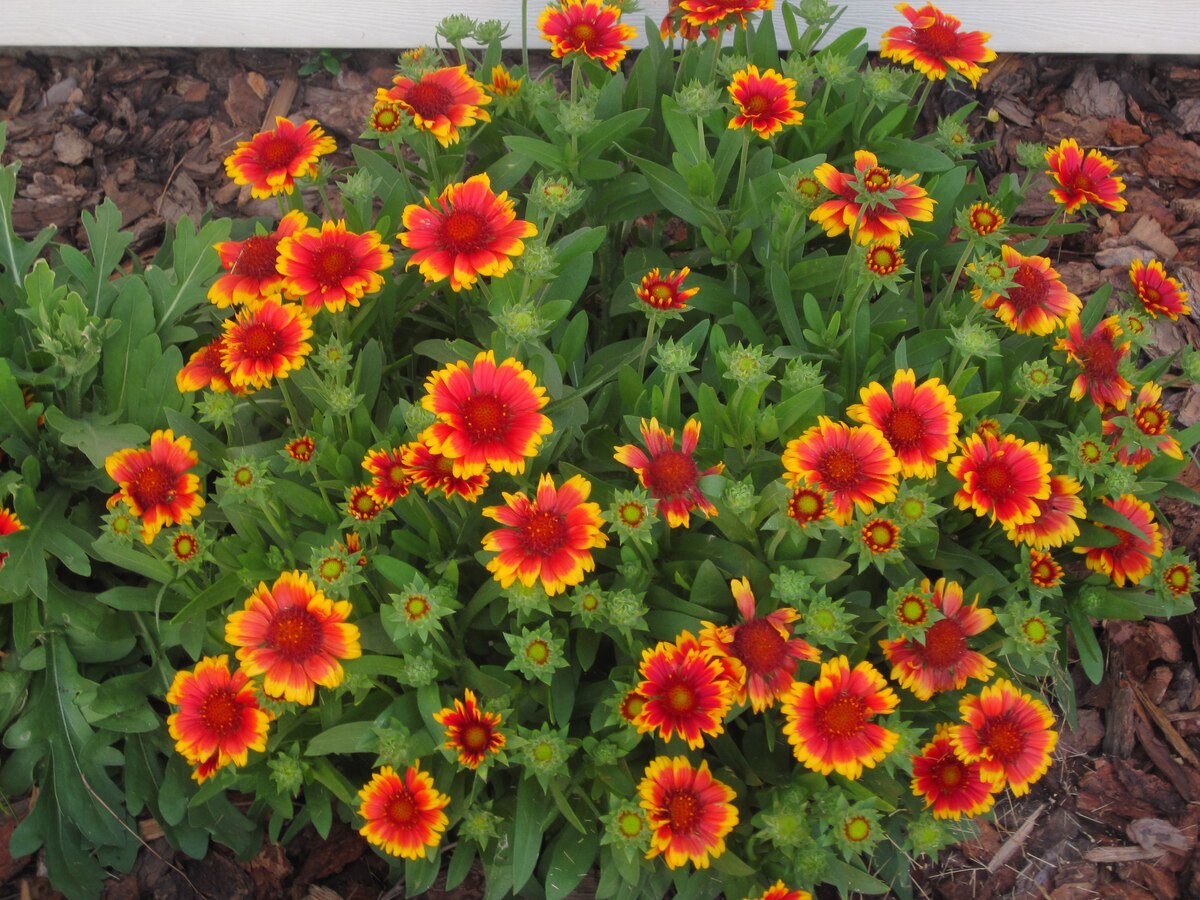


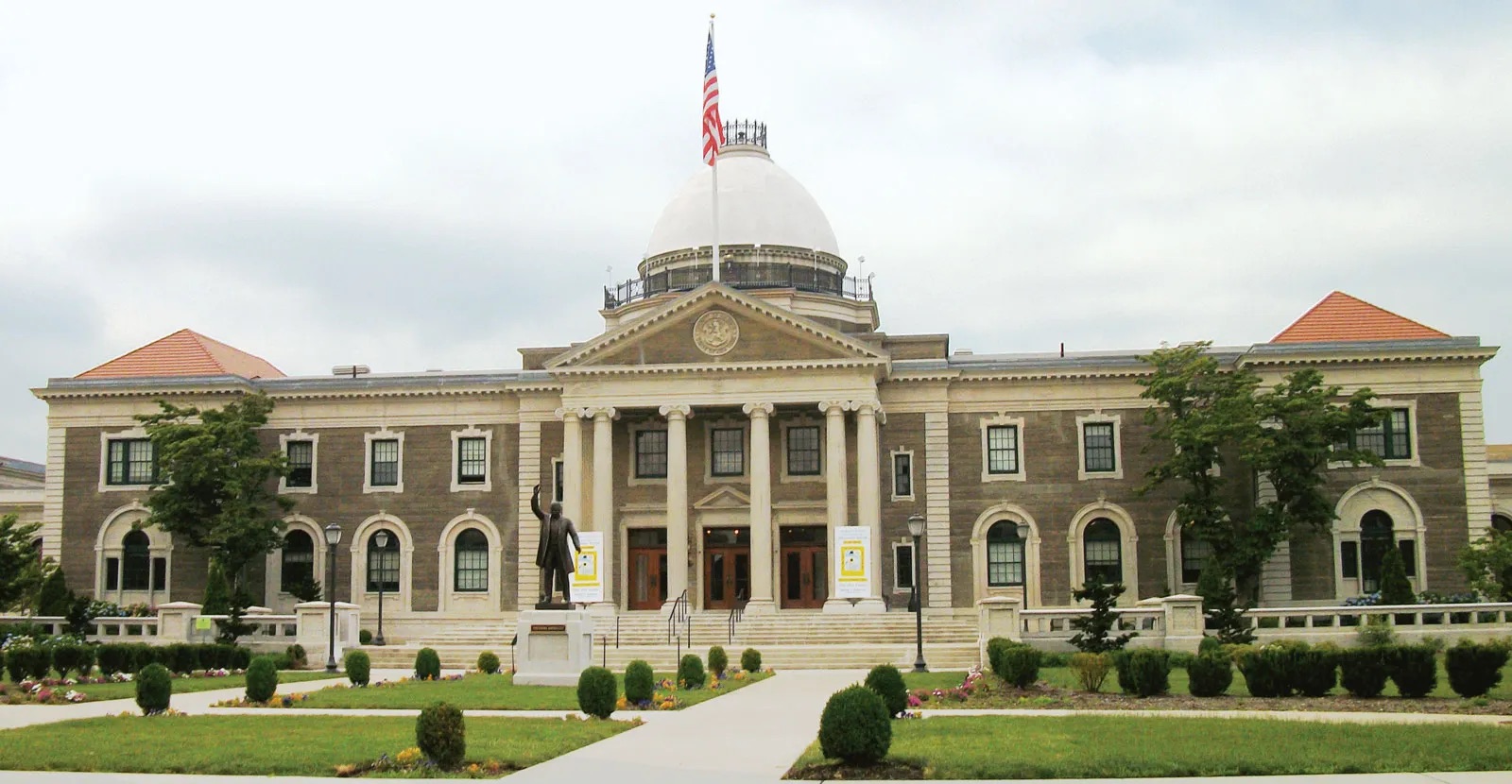

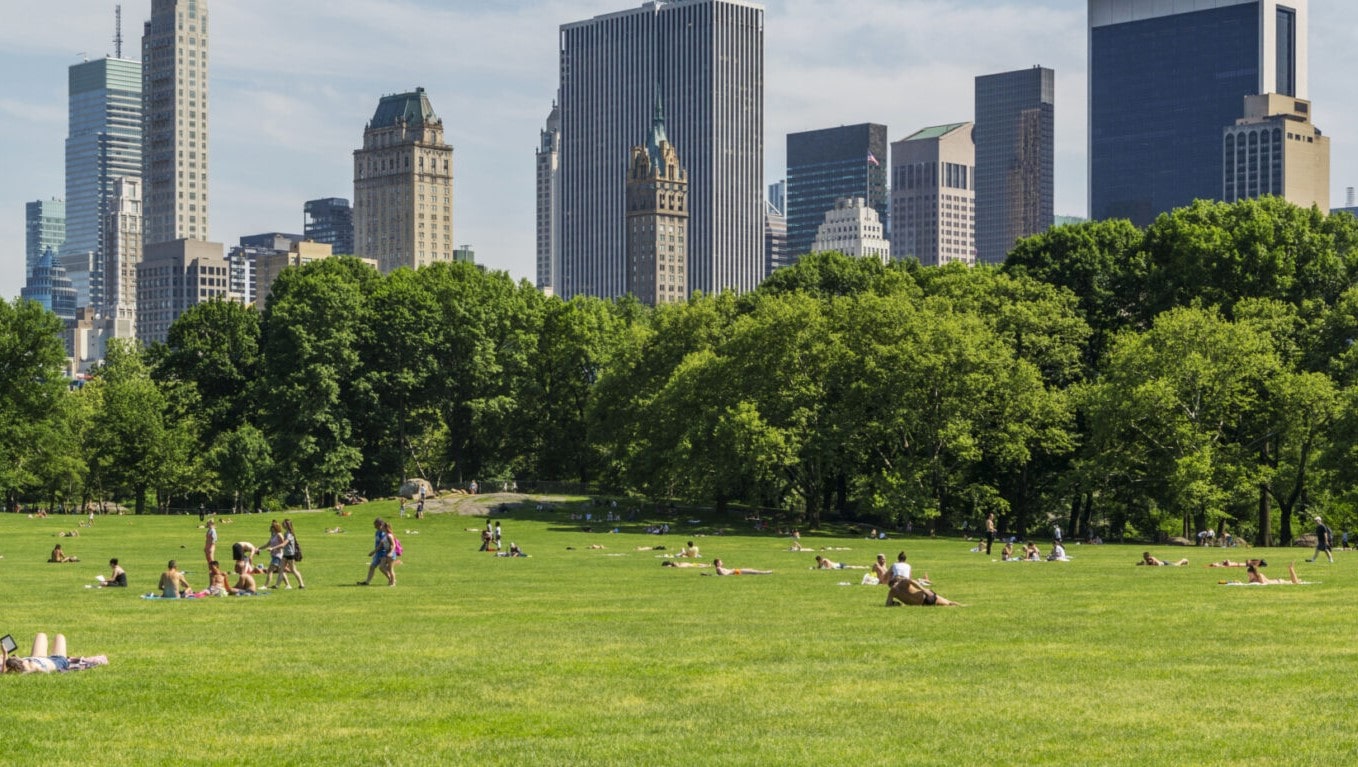


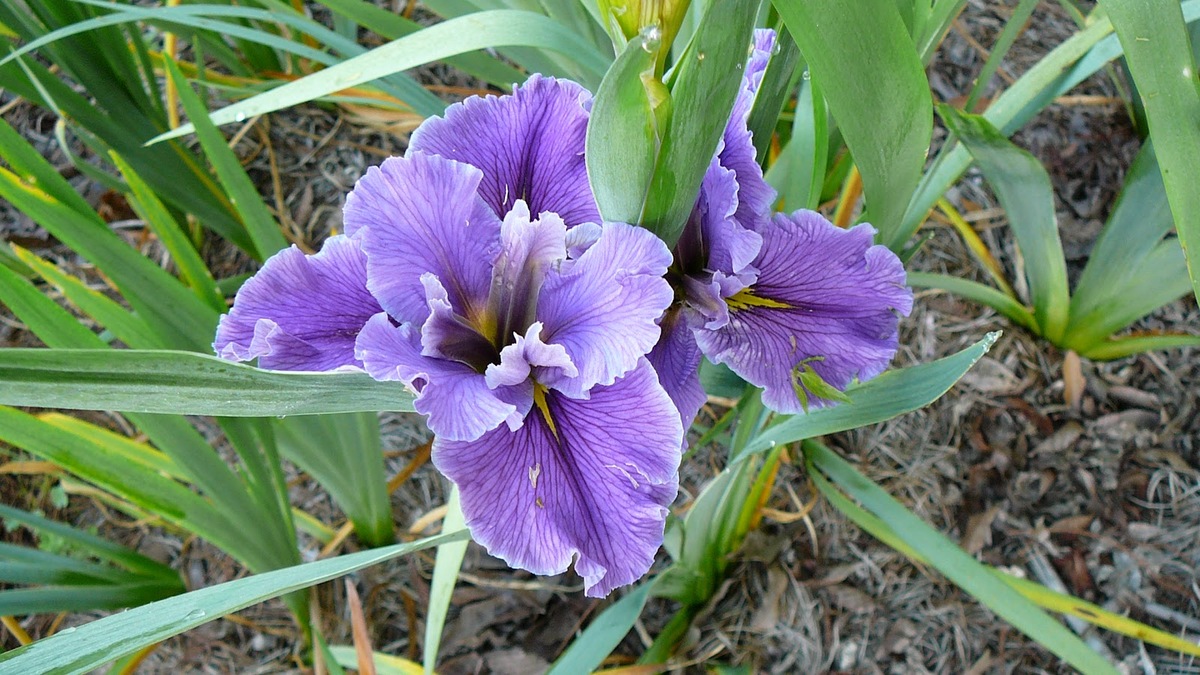

0 thoughts on “What Is The Official Wildflower Of The State Of New York”